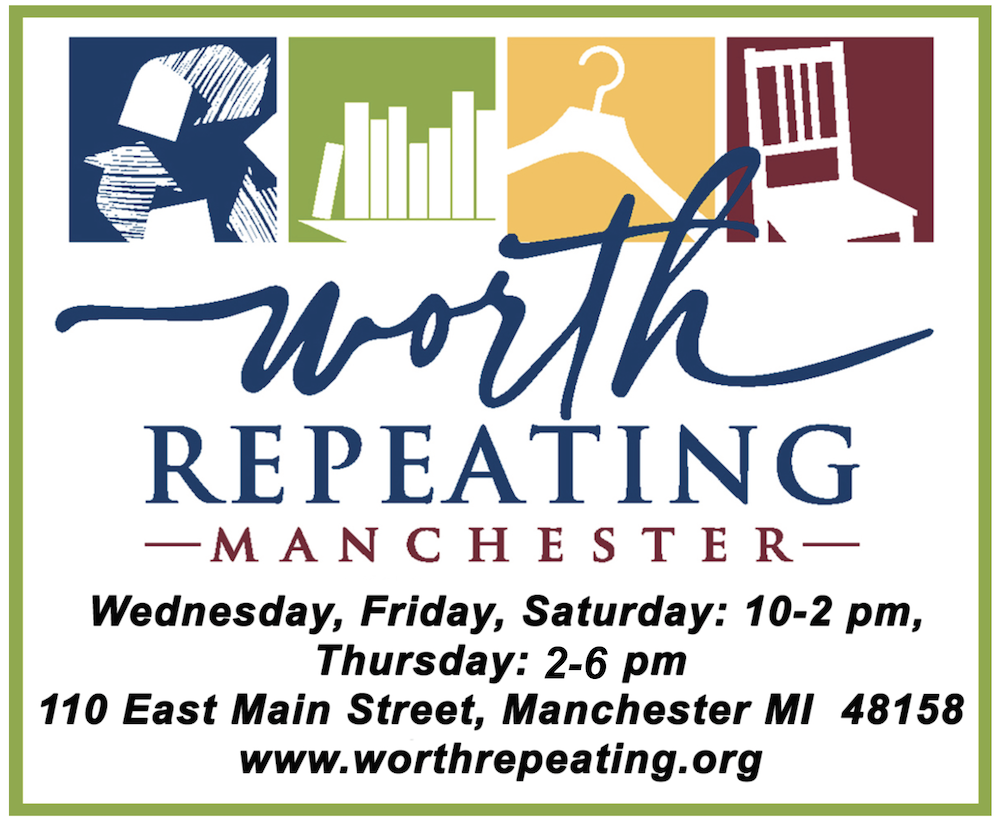Where and how to recycle your Christmas tree in Michigan

Real trees can be recycled and used for mulch in gardens or given to animals to feed on, unlike artificial trees which are made of plastic and are non-biodegradable. (Shutterstock)
by Jenelle D. James (Bridge Michigan)
Now that Christmas is over it’s time to start thinking about putting the decorations away and what to do with the tree.
One of the benefits of having a real tree, besides the smell, is that it can be recycled and used for many different things outside of being a stable holiday attraction.
Many artificial trees are made of polyvinyl chloride, a non-recyclable plastic, which is one of the reasons why artificial trees end up in landfills after they are thrown out, according to the National Christmas Tree Association.
Real trees, on the other hand, stripped of lights, tinsel and other adornments, can be recycled and repurposed for different things.
“You can put your tree on the curb, and (the city) will pick them up and compost them. But if you’re doing that, of course, make sure you remove everything from the tree,” said Lindsey Kerr, consumer horticulture educator at Michigan State University.
Some municipalities may pick them up while others allow residents to drop them off and recycle them. You can check with the Michigan Department of Environment, Great Lakes, and Energy’s recycling directory to see if your municipality participates. The website Earth911 maintains a searchable national database of recycling sites. Enter “Christmas tree” and your ZIP code in the search field. Also, some Home Depot locations accept trees for recycling. Check with your local store.
Do-it-yourselfers and home gardeners also have options.
“If you have a wood chipper … you can make it into mulch and use it in your garden. That would be a great way to recycle it,” Kerr said.
“If you don’t have a wood chipper, you can cut off all the branches and … set them on top and around perennials … and it can insulate them and protect them from the cold winter.”
The branches also help with regulating the plants’ temperature as the weather fluctuates, which can increase the chances of them surviving the winter.
‘It’s just part of the natural biological process’
Sometimes Christmas tree farmers turn their unsold inventory into mulch.
“It’s just part of the natural, biological process,” said Chris Maciborski, owner of Dutchman Tree Farms in Manton. “When anything breaks down you’re putting the organic material back into your soil. That helps the soil so that anything that you plant after that will grow part of the process.”
“When we have trees that are not saleable in a tree field we’ll essentially drive over the top of them with a giant lawn mower and grind them up … and then what we do is we plant cover crops,” He said.
They will plant corn, oak or rye over the mulch before planting a new Christmas tree, restarting the 12-year cycle, Maciborski added.
Not only can the tree be used as mulch but also as a habitat for wildlife.
“In northern Michigan on a lot of our lakes, fishermen after Christmas will use Christmas trees to mark … where they’ve drilled holes on their fishing spot. Then in the spring they just melt out and look to the bottom and create fish habitat,” he said.
Pining for a snack?
Depending on the neighborhood where you live, simply putting your tree outside for animals to feed on and letting the tree decay naturally could be an option.
But dropping the tree off at a farm or local zoo could be a more effective way to use your Christmas tree as a feeder, said Bill Lindberg, Christmas tree educator for MSU based in Ottawa County.
“Recycling a tree is the best way we can take care of that tree,” Lindberg said. “We don’t want to burn it. We don’t want to send it to a landfill where it’ll turn into a methane byproduct.”
It’s important to note that while animals like goats and alpacas are known to enjoy munching on trees, some zoos and farms will not take Christmas trees because they may have been sprayed with pesticides and other chemicals.
What not to do with your tree
Leaving the tree up for an extended time is not recommended. The National Fire Protection Association says trees should be removed from the home promptly after Christmas or if they are dried out. Don’t leave them inside the home or garage or place them outside against the house.
While it may be tempting to burn Christmas trees indoors in your fireplace, it’s not the safest thing to do. Christmas trees are very flammable and if lighted indoors can result in an uncontrollable fire. They can worsen creosote buildup, which can cause chimney fires. Also, pine needles contain nitrogen and terpenes, which are highly toxic when burned.
“It would not have a huge amount of heating value for your fireplace. So if you’re looking to burn wood to heat your house, it wouldn’t be an ideal wood source for that,” Lindberg said.
Experts also urge caution when burning Christmas trees outdoors. Check local ordinances for rules on open burning.
This article is being republished through a syndication agreement with Bridge Michigan. Bridge Michigan is Michigan’s largest nonprofit news service and one of the nation’s leading and largest nonprofit civic news providers. Their coverage is nonpartisan, fact-based, and data-driven. Find them online at https://www.bridgemi.com/.







You must be logged in to post a comment Login